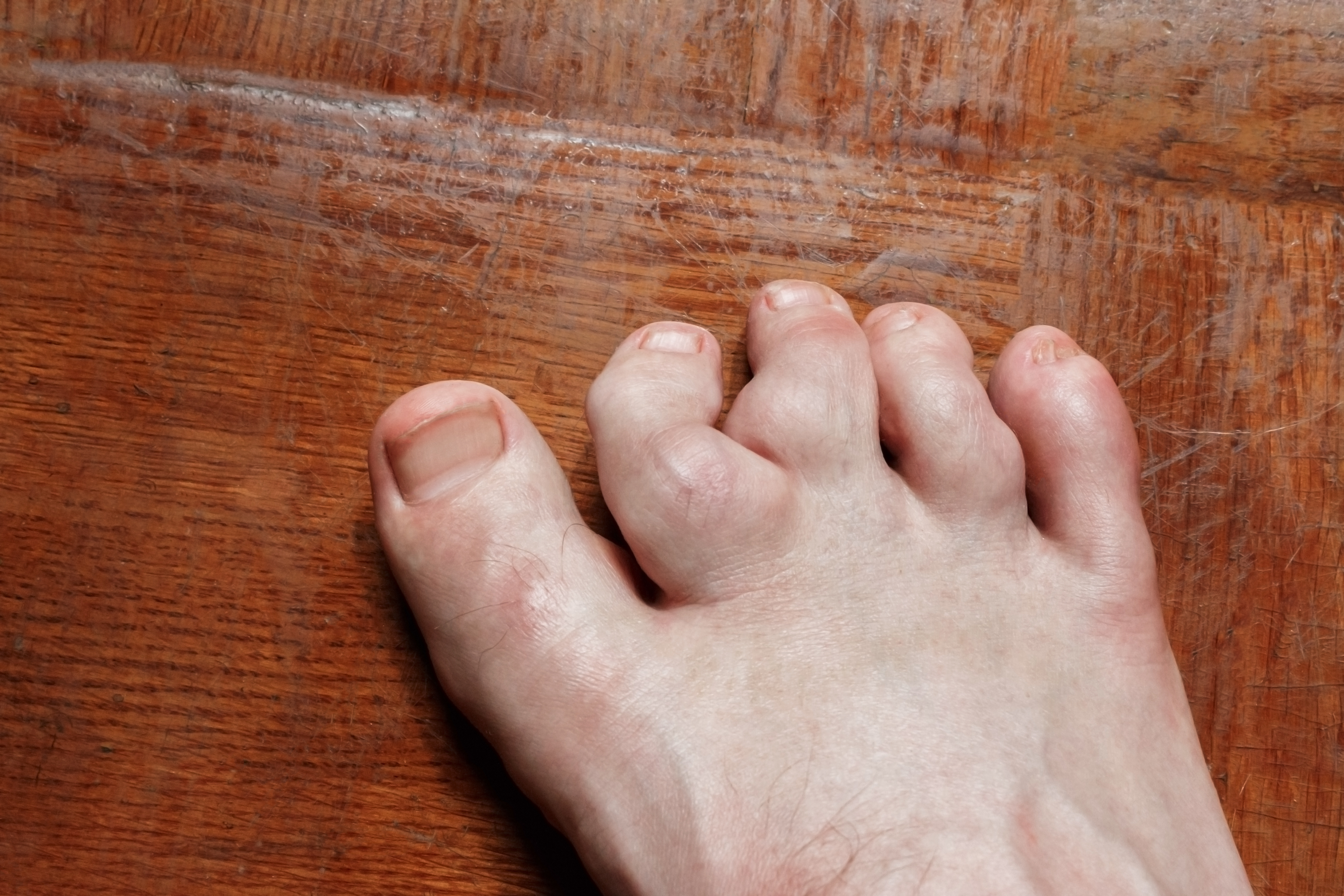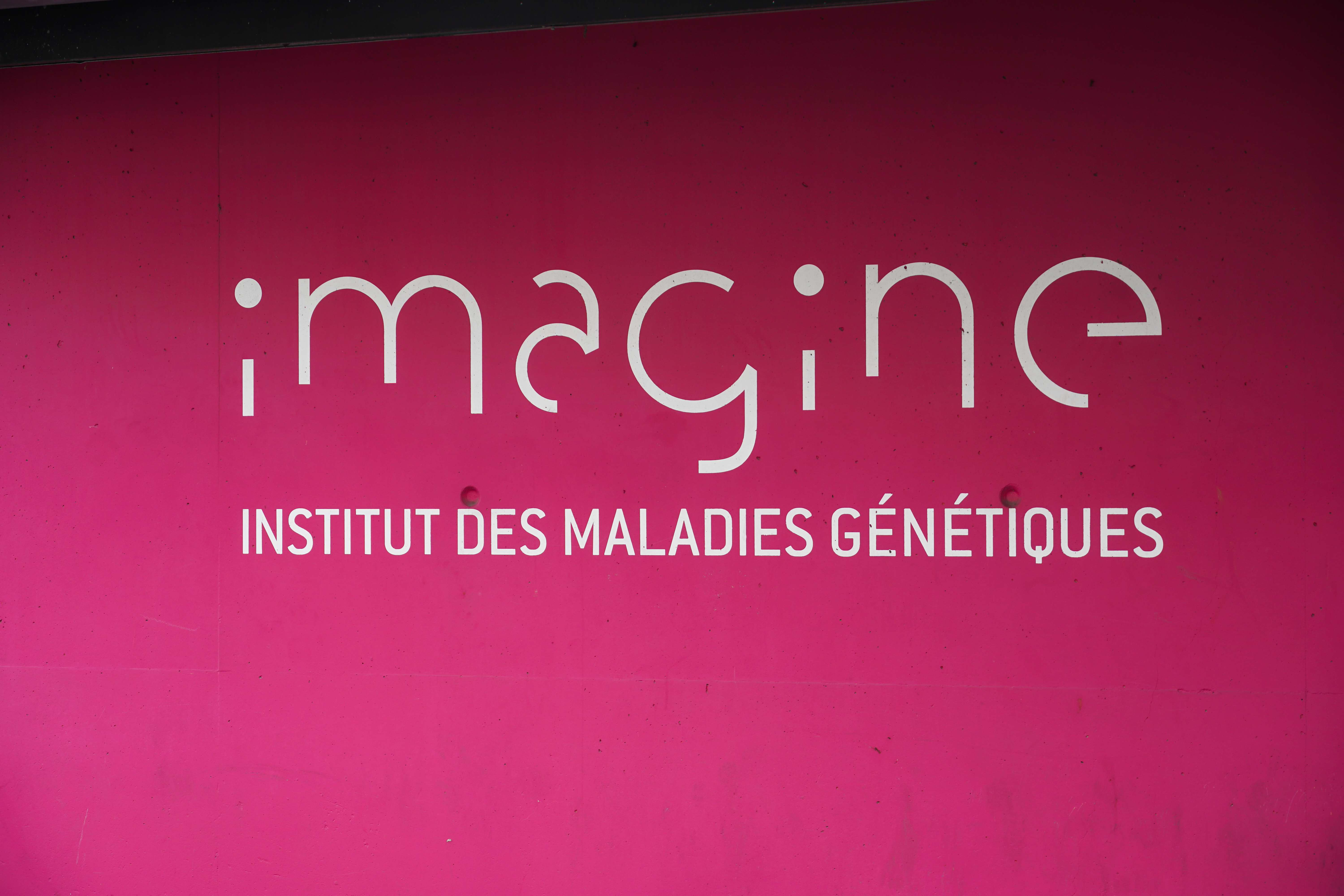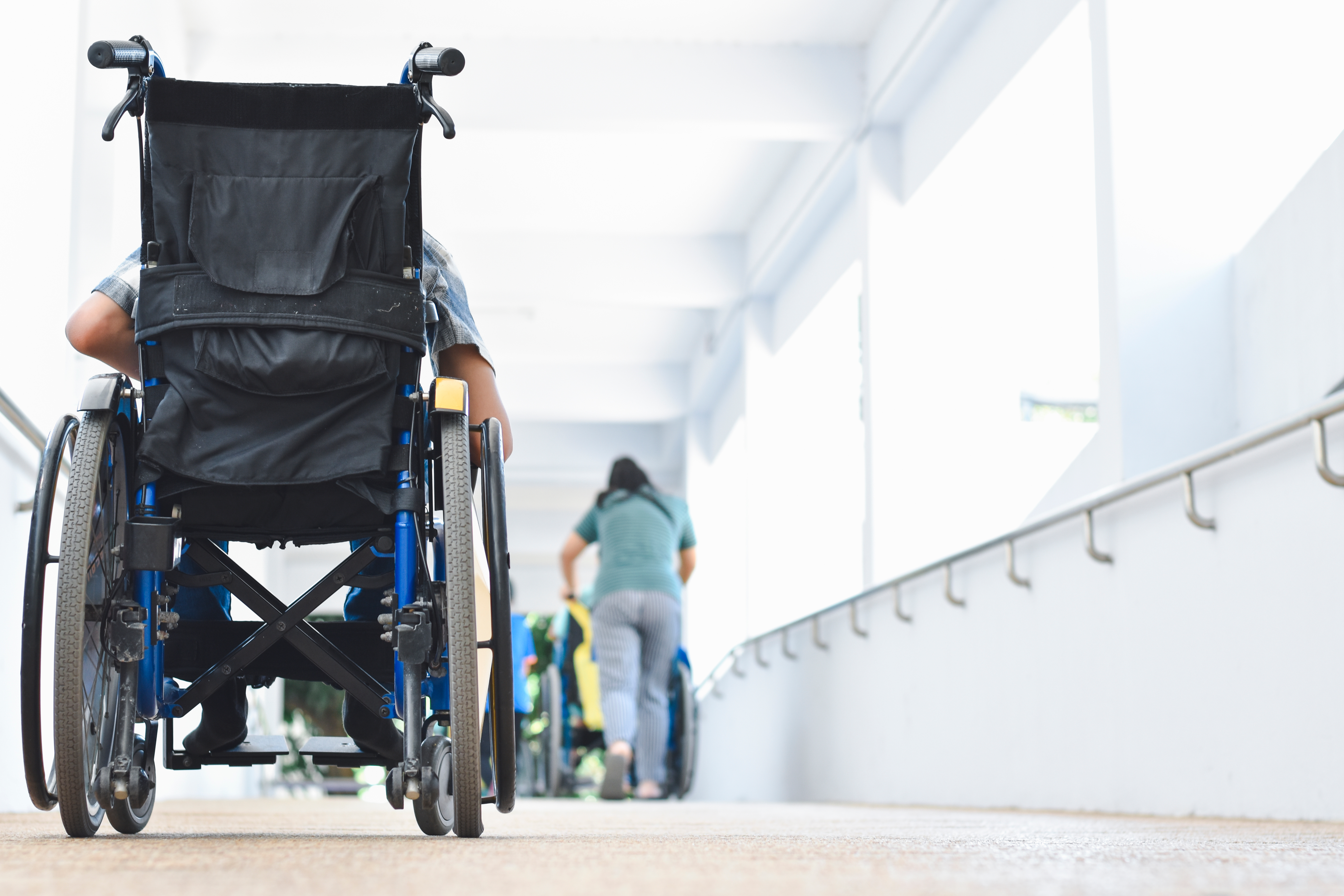Diagnostics is still an issue for rare diseases. For about only half of these diseases, genetic testing can reveal a diagnosis and name the patient’s enemy. And finally, only 10% of rare diseases have a specific treatment. Of course, medicine, surgery and other treatment options are available to help patients. But by specific treatment, I mean a treatment that is based on the mechanism of the disease. This could be a treatment derived from genetics, gene therapy, though not necessarily. Nonetheless, only 10% benefit from a specific treatment. This shows how difficult the landscape of rare diseases is.
Individually, some of these disorders are exceptional, or even unique to a country. There may be only one or two families affected. But, collectively, 1 in 2,000 live births means that rare diseases affect millions of people: 3 million people in France, 30 million people in Europe. The viewpoint of rare disorders is thus extremely different from the families of affected patients and from everyone else. Rare diseases are rare. Most people don’t care. But from the individual viewpoint, wherever you are in the world, there is not a single family that is not affected by one individual with a rare disorder.
One of the biggest challenges for addressing a rare disease is to recapitulate its natural history. When does it start? What are its main symptoms or features? When is it time for a diagnosis? Finally, at what point does a physician, a counsellor, a paediatrician or other doctor send the patient to a place with the right expertise?


